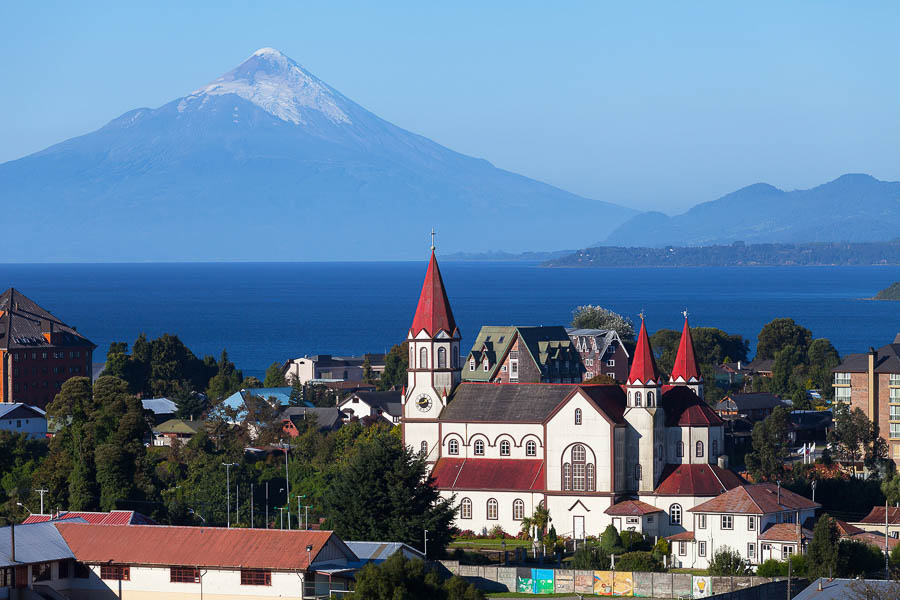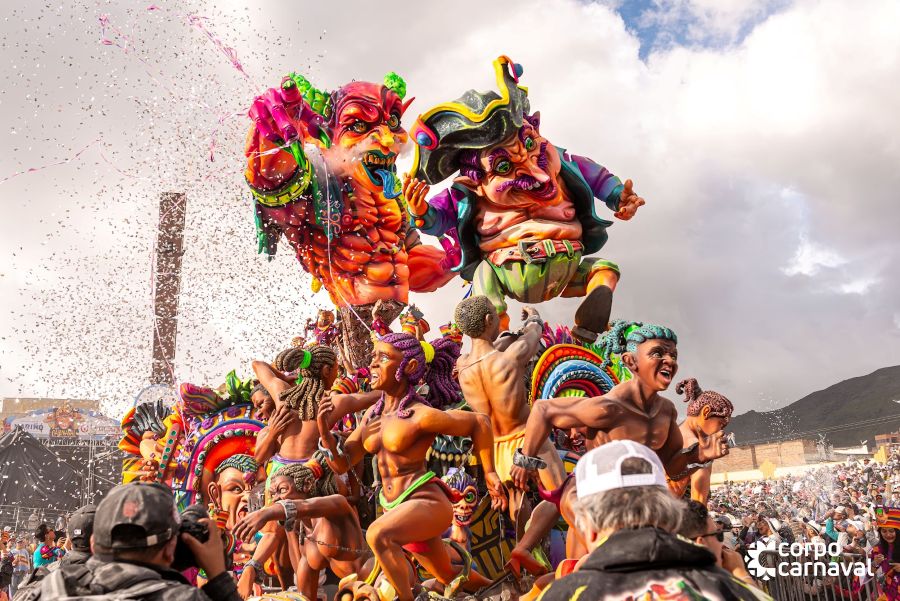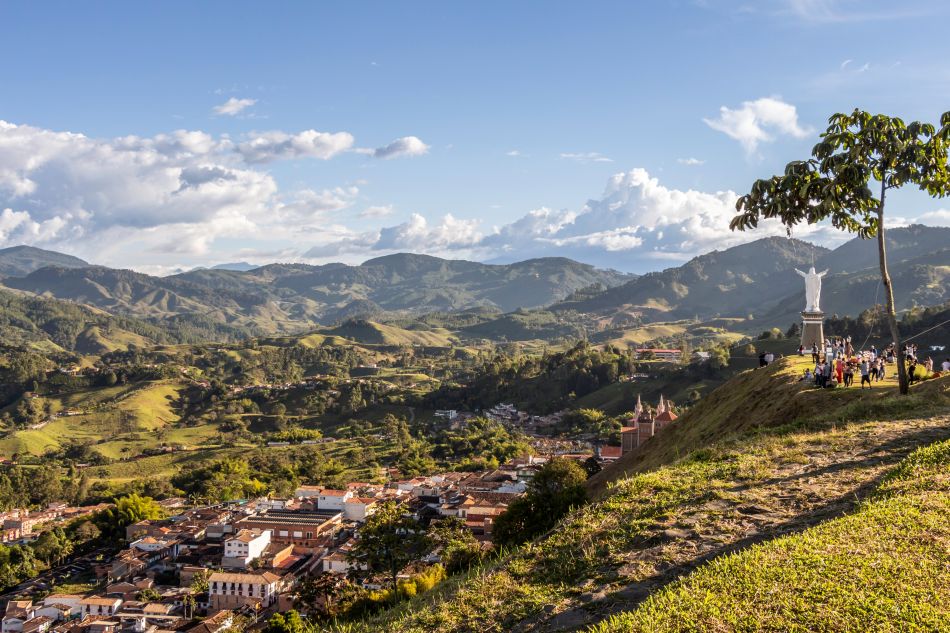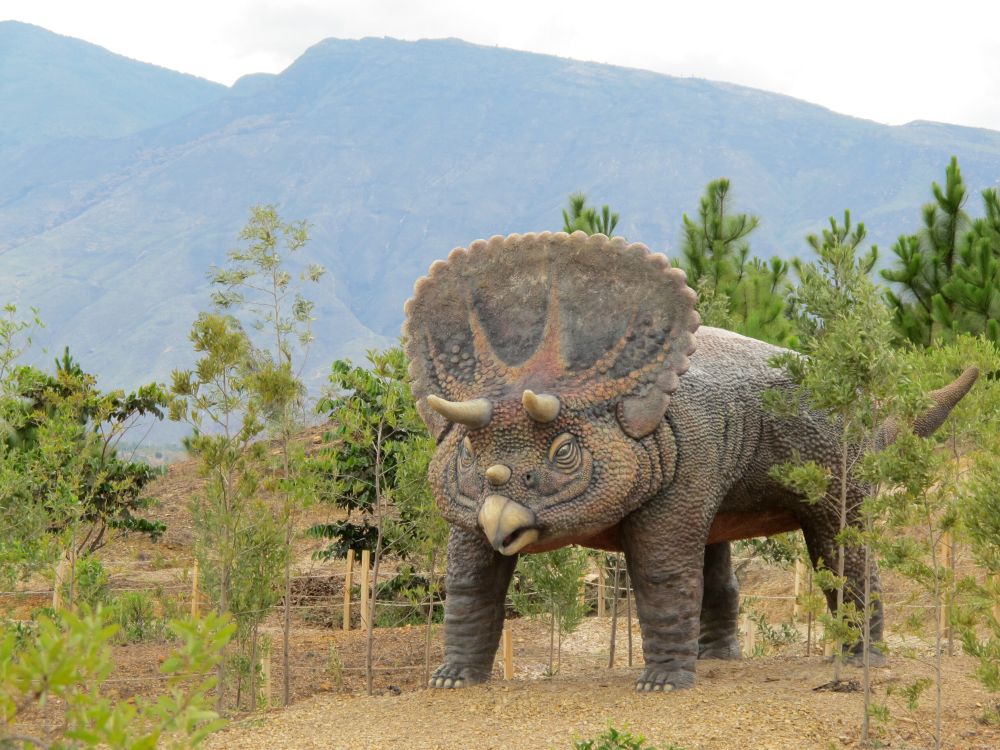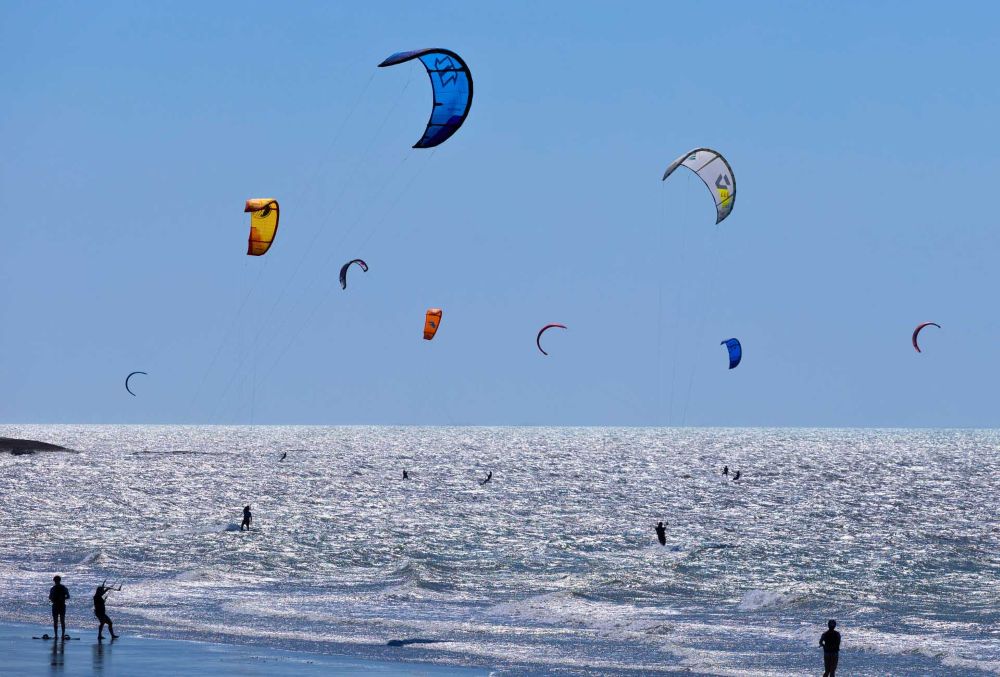Entre brumes océaniques et terres battues par le vent, Chiloé ne se laisse pas saisir d’un regard. Plus grande île de l’archipel qui porte son nom, elle semble flotter à la lisière du réel, dans un équilibre étrange entre légende et quotidien, mémoire et nature sauvage. On n’y vient pas seulement pour admirer, mais pour ressentir un rythme, une atmosphère, un monde à part.
Une mosaïque de paysages
Collines couvertes de fougères, plages désertes, forêts épaisses et lacs tranquilles : Chiloé change sans cesse de visage. L’île invite à la marche, à l’écoute du silence, à la contemplation. Dans le Parc National de Chiloé, les sentiers serpentent au milieu d’une biodiversité foisonnante, où les oiseaux marins croisent les forêts primaires. Chaque détour révèle une scène nouvelle, comme si la nature elle-même avait décidé de ne jamais se répéter.
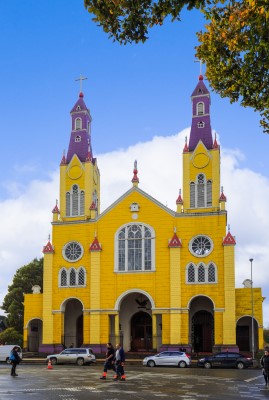
Un héritage bâti en bois
Le bois est l’âme de l’île : façonné, assemblé, peint, il compose des églises uniques au monde, dont seize sont classées au patrimoine mondial de l’UNESCO. Ces sanctuaires à l’architecture silencieuse, souvent plantés face au ciel gris, racontent la foi autant que l’ingéniosité des communautés chilotes. Les palafitos, maisons colorées sur pilotis, donnent aux côtes des airs de conte populaire, entre beauté rustique et poésie du quotidien.
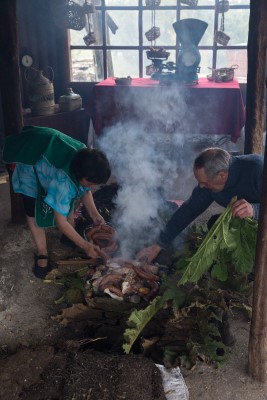
La terre et la mer dans l’assiette
À Chiloé, la cuisine se fait feu, vapeur et patience. Le célèbre curanto, cuit à même la terre dans un lit de pierres chaudes, mêle coquillages, viandes fumées, pommes de terre anciennes et légumes enfouis sous des feuilles de nalca. Chaque bouchée raconte la proximité avec les éléments, et cette manière qu’a l’île de faire simple sans jamais être banal.
Une mémoire faite de récits
Ici, les histoires ne dorment pas dans les livres : elles se transmettent. Le Trauco, la Pincoya, les bateaux fantômes et les esprits des bois peuplent toujours l’imaginaire des habitants. Ce folklore irrigue les fêtes, les chansons, les récits partagés au coin d’un feu. À Chiloé, le mythe est une façon de rester en lien avec l’invisible.
Quelques escales essentielles
- Ancud, première ville en arrivant sur l’île, dévoile ses racines au Musée régional et sa vue spectaculaire depuis le Fort San Antonio. Un bon point de départ pour goûter aux produits de la mer.
- Castro, capitale de l’île, aligne ses palafitos colorés le long de la côte. Ne manquez pas l’église San Francisco, ni le Festival Costumbrista, rendez-vous des traditions locales en janvier ou février.
- Chonchi, village de pêcheurs paisible, abrite l’église San Carlos de Borromeo, autre trésor classé, tandis que Cucao, aux portes du parc national, dévoile la splendeur de sa baie dans le sillage de Darwin.
- Dalcahue séduit par son marché artisanal, où l’on trouve textiles en laine, objets en bois, et l’église Nuestra Señora de los Dolores, sobre et majestueuse.
- Islotes de Puñihuil, sanctuaire côtier accessible en bateau, permettent d’observer de près les manchots de Humboldt et de Magellan, mais aussi des loutres, baleines et autres visiteurs de passage.
Chiloé ne se visite pas : elle se traverse. Dans ses brumes, ses fêtes, ses églises ou ses plats enfouis sous la terre, on perçoit quelque chose de plus ancien, de plus profond. Un Chili plus secret, plus dense, où chaque pas peut mener à une légende. Ce n’est pas une île qu’on oublie, c’est un souvenir qui persiste, comme une chanson qu’on ne cherche pas à comprendre, mais qu’on continue de fredonner.
Crédit photos : SERNATUR

